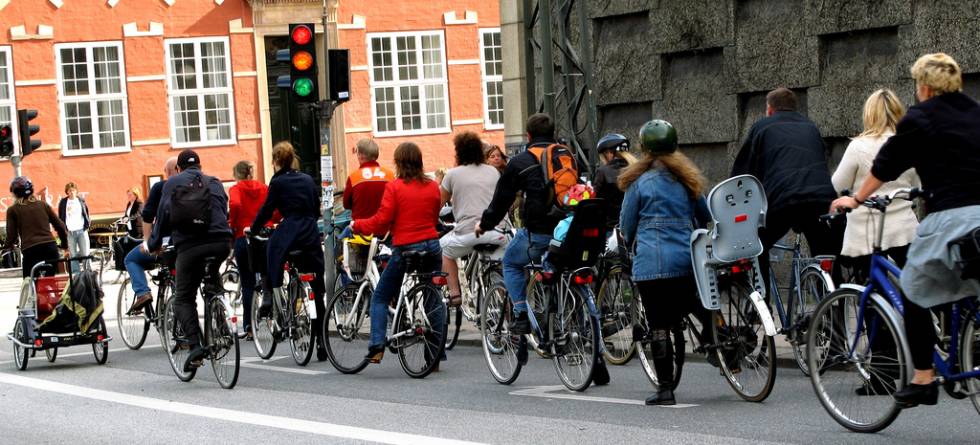The city of Copenhagen has set an ambitious goal to be the first carbon-neutral capital by 2025. A city council plan towards a zero-carbon future was approved already in April 2012.
According to Jørgen Abildgaard, the Director of the Copenhagen 2025 Climate Plan, the latest CO2 accounts show that emissions in 2015 were at 1.45 million tonnes of CO2. This is a reduction of 38 per cent compared to 2005, and a reduction of 12 percentage points compared to 2014.
“As a capital, Copenhagen can and must take its share of the responsibility for climate change. At the same time we must show that it is possible to combine growth, development and increased quality of life with the reduction of CO2 emissions, so that by 2025 we will be able to call ourselves the first carbon neutral capital in the world. To reach this target, new solutions must be invented along the way. These solutions can only be developed in close cooperation with skilled partners from industries, research institutions and the Copenhageners, who use the city every day”, Abildgaard writes in an email to the Bjerknes Centre for Climate Research.
Learning from best practises
In august the Bjerknes Centre is hosting the 4th Nordic Conference on Climate Change adaptation. On the list of interesting speakers are leading politicians from Government, City and leaders of the main institutions involved in climate adaptation.
Read also: Paris gives new momentum to climate adaptation
The conference brings together practicioners and researchers on climate adaptation, in a Nordic perspective.
”We are in a hurry to form more resilient and less carbon depended societies, raising the need for both nation- and context-specific research as well as learning from best practices. The Nordic countries, with their common economic and social policies, as well as cultural heritage, are facing many of the same challenges. This points to joint solutions, justifying the relevance of the conference on the Nordic level”, Tore Furevik, Director of the Bjerknes Centre for Climate Research says.
A collection of goals and inititatives
On the example of Copenhagen 2025 Climate Plan, a great deal of specific goals and initiatives are set to life.
You can download the plan here – in english // in danish
Jørgen Abildgaard lists up four areas where the Copenhagen 2025 Climate Plan gathers specific goals and initiatives: Energy Consumption, energy production, green mobility and the city administration. These goals and initiatives must be set in motion for Copenhagen to achieve their ambition to become the worlds first carbon neutral city.
”Some of the initiatives include retrofitting existing buildings to increase their energy performance, increasing the renewable energy targets by adding 100 MW of wind power, using biomass instead of fossil fuels for the production of energy, focusing on increasing trips taken by bike and making public transportation CO2 neutral”, mr. Abildgaard writes.

